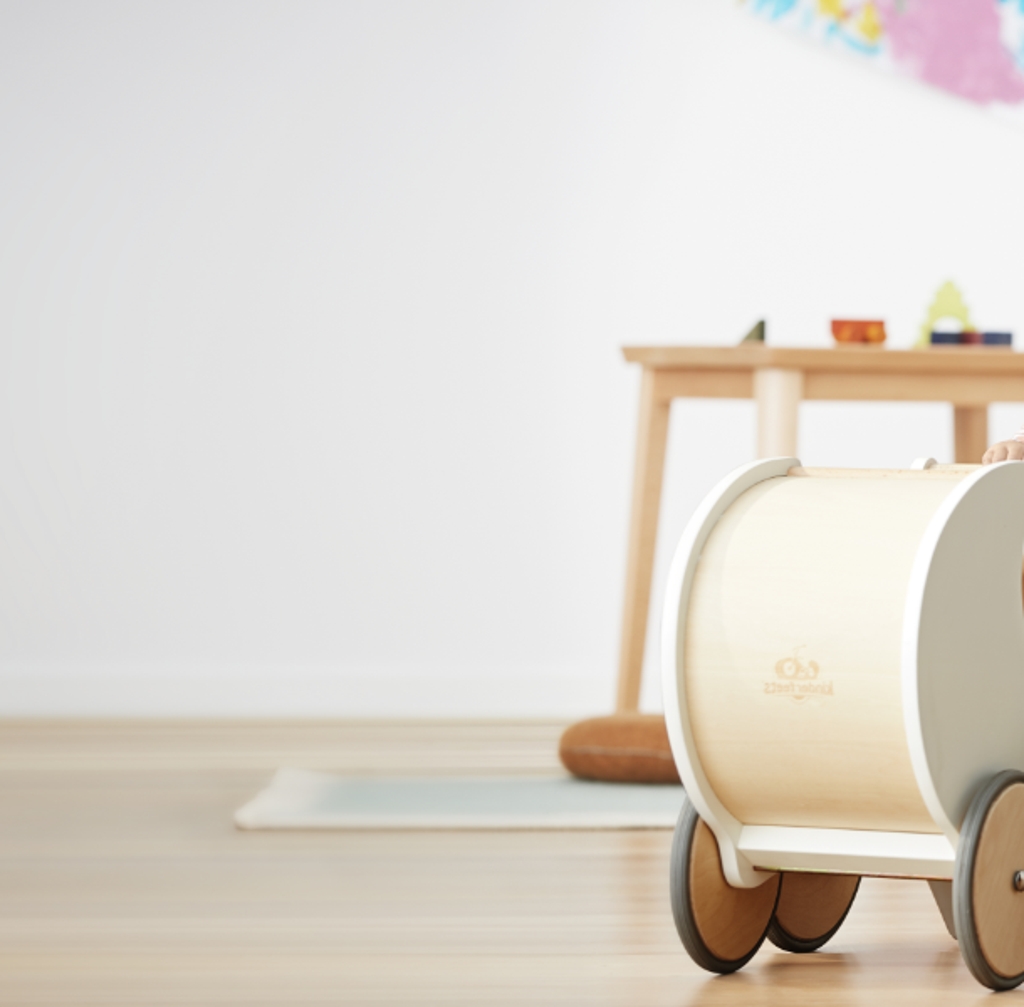Most babies have all 20 baby teeth by the time they are two and a half to three years. As with all developmental milestones, your child might teethe slower or faster than the rule of thumb.
Tentative teething timeline
Teeth usually erupt in pairs, and in the same order for most children.
Six months – Central incisors. These are the two bottom middle teeth.
Eight months – Two top middle teeth erupt around two months after the central incisors appear.
10-11 months – Surrounding teeth begin to appear.
12-14 months – Back molars begin to appear.
15-24 months – Remaining canine teeth (the ones for chewing and grinding meat and substantial foods) usually appear by two years of age.
Behavior during teething
Your little one is likely to be cranky and loud during the teething process. Practice patience and understanding – we'd probably all be irritable too if our gums were inflamed and tender for days on end.
Teething can result in a slight rise in temperature, so your little one could feel hot and bothered. Regularly check their temperature and consult a doctor should it raise above 38° Celsius.
Sore gums can make eating far less appealing. A teething baby may reject the breast, bottle or solid foods. Should this be the case, keep their fluids up and do your best to get some milk or formula into them – perhaps by hand expressing into the mouth, or gently pouring small sips into their mouths with a cup.
Jaw pain can lead to ear pain. Your baby may grab or pull on their ear. Keep an eye out and make sure this isn't an ear infection or hearing issue and if you are concerned that might be the case, consult a doctor.
Teething time means dribble time. Extra saliva going through the baby's tummy can result in more vomit, more pooping, and coughing. If this happens a lot, check with your doctor that nothing else is causing these bodily fluids to increase. The amount of saliva on your baby's chin could result in a rash, so do your best to gently dab saliva away with a cloth as often as possible.
Chewing and pressure on the gums can temporarily relieve teething pain. Your little ones will likely be getting anything and everything into their mouths. A teether can lessen discomfort and be a dedicated item just for chewing.
As well as or instead of a teether, you can try:
- Cold foods – make sure these are large enough that they don't present a choking hazard. Bananas or carrots are generally appropriate.
- Use a clean finger, or a clean finger wrapped in a clean washcloth to massage and apply gentle pressure to the gums.
- Distraction! Give your baby something else to think about like a toy or a tickle. Teething fussiness is often worse at night due to fewer distractions.
Caring for new teeth
Before your child teethes, it's still important to clean their gums and cheeks with a clean, warm washcloth and gentle rubbing motion.
Consider getting your baby's mouth checked by a dentist within six months of their first tooth arriving. A dentist will check that their mouth and jaw are developing correctly.
Brush your baby's new teeth with a soft, small toothbrush. At first, use just water, no toothpaste. Introduce a small, pea-size amount of toothpaste at an age suggested by your dentist. Use gentle, circular rubbing motions. Always make sure your child spits out – not swallows – toothpaste.
Teach your little one good mouth hygiene habits early. The teething process can be full of tears, but your toddler will be flashing you a beautiful toothy smile before you know it!
Recommended Articles:
https://www.babybunting.com.au/baby-talk-blog/choosing-proper-footwear-as-your-child-grows/
https://www.babybunting.com.au/baby-talk-blog/how-to-soothe-a-crying-baby/

